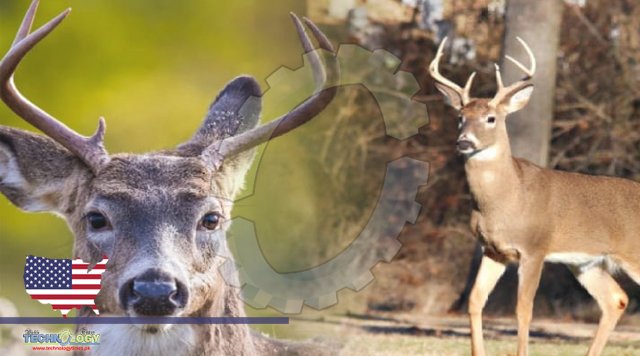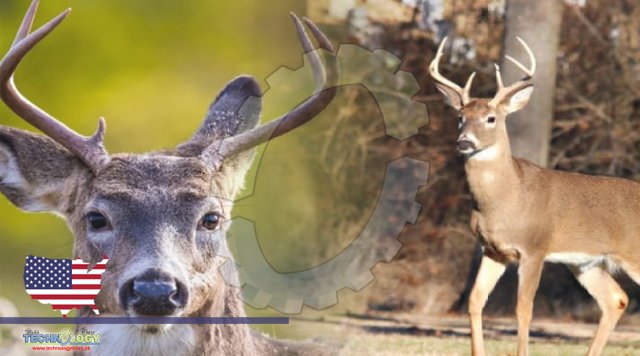White-tailed Tick-carrying deer known to carry tick-borne illnesses like Lyme disease — may now be making their homes in suburban neighborhoods, rather than stopping by for a midnight snack.

Efforts to control the East Coast’s heavily overpopulated deer population have largely assumed that these animals live in wooded parklands and only pass through nearby neighborhoods for after-dark grazing. But a five-year study, published on Monday in Urban Ecosystems, has found that these deer are settling into residential areas spending entire nights within 50 meters (164 feet) of suburban households. Tick-carrying deer, “We knew deer were in and around neighborhoods, but we didn’t realize just how much they were living in the neighborhoods,” senior author Jennifer Mullinax, an assistant professor of environmental science at the University of Maryland, said in a statement. Mullinax and her colleagues captured and collared 51 deer from five parks in the metropolitan area of Howard County, Md., monitoring their behavior with high-resolution GPS trackers.
The deer typically avoided residential areas during daytime but moved in at night, according to the researchers, who said the animals often would sleep near lawns and yards. “A big takeaway from this study is that neighborhoods are the home range of suburban white-tailed deer,” Mullinax said. Equipped with the knowledge that the deer have, in fact, moved in, Tick-carrying deer, Mullinax and her colleagues offered guidance as to how suburban communities can reduce the risk of tick-borne illnesses. Reducing tick populations by either removing deer or treating areas where deer bed down for the night can help limit the spread of such diseases, according to the study. Welcome to Equilibrium, a newsletter that tracks the growing global battle over the future of sustainability. We’re Saul Elbein and Sharon Udasin. Send us tips and feedback. Subscribe here. Today we’ll start in Puerto Rico, which Hurricane Fiona has left in darkness. Then we’ll head to Alaska, where residents faced the damaging effects of a highly unusual typhoon this weekend. Plus: How a shift in animal feed could help nourish humans.
Source: This news is originally published by thehill
